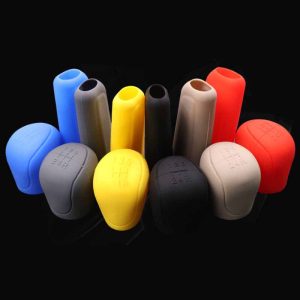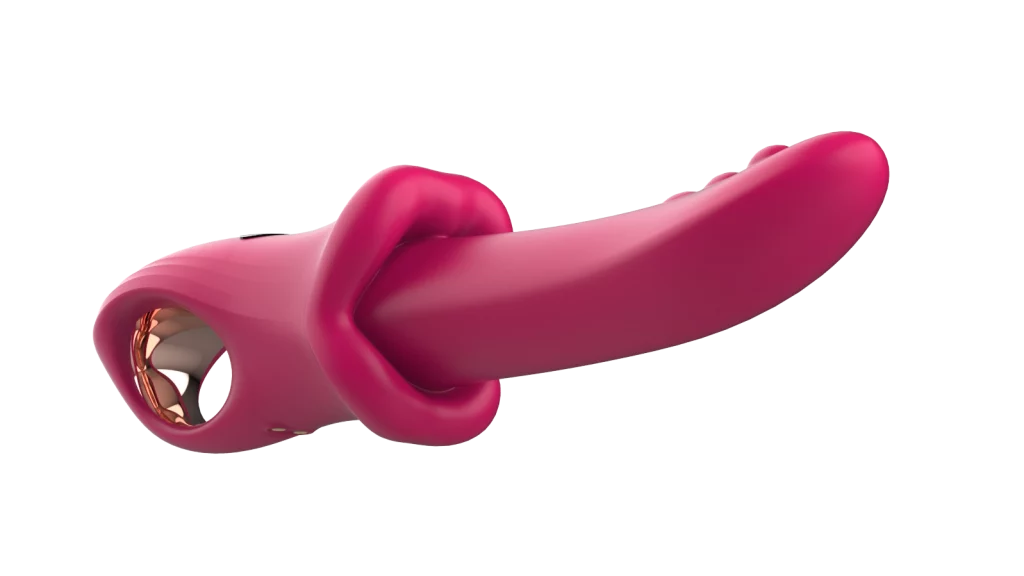Introduction to Silicone Accessories and Their Importance
Silicone accessories have become quite popular in sectors because of their flexibility and efficient qualities These accessories are utilized in an array of fields such, as electronics and medical tools to support both physical and functional requirements. The growing interest, in silicone accessories, highlights the importance for manufacturers to grasp the manufacturing techniques applied in their creation Manufacturers who have a good understanding of silicone production techniques can improve their product range and provide creative solutions to meet market requirements.
Understanding Silicone Material Properties
Chemical and Physical Properties of Silicone
Silicone is a man made material made up of silicon and a mix of elements, like oxygen and carbon with hydrogen thrown in the mix too! This special combination gives silicone its superpowers. It can handle cold temperatures like a champ and is tough against things like UV light and different chemicals out there in the world! In terms of forms it can take on shapes. Whether it’s flexible like rubber (elastomers) squishy like jelly (gels) or flowy like water (fluids). Each type is tailored for the tasks at hand! Thanks to its qualities silicone stays strong across a temperature span ranging from freezing cold at 40°C to scorchingly hot at +200°C; making it a real hero, for all sorts of industrial jobs that need reliability!
Advantages of Using Silicone in Manufacturing
There are benefits, to incorporating silicone materials in manufacturing processes. They are safe for use as they do not emit any odor and possess mechanical durability that is ideal for industries like food and medicine where precision is crucially important. Furthermore, the malleability and strength of silicone allow manufacturers to create products with shapes. Silicone’s resistance to germs and extreme temperatures make it a popular option, for applications that demand lasting quality and cleanliness.
Common Processing Methods for Silicone Accessories
Compression Molding
Equipment and Tooling Requirements
Silicone accessories are often made using compression molding which relies on equipment like a mechanical press and custom molds designed to endure high temperatures specifically, for silicone materials viscosity to ensure precise shaping during the curing phase.
Process Steps in Compression Molding
The compression molding process consists of stages; To begin with, the silicone material is measured beforehand and placed inside the warmed mold cavity; then the mold is shut and pressure is exerted to give shape to the material; heat treatment activates the curing process which turns the raw silicone into a solid and usable end product; once cured the mold is opened and the final accessory is removed from it and ready, for further processing or packaging.
Injection Molding
Key Differences Between Compression and Injection Molding
Creating silicone accessories through injection molding is a technique, in manufacturing processes as opposed to compression moldings use of heat for production purposes Injected under high pressure into a mold rather, than compressed statically like in compression molding injection molding generally results in quicker production times and enables more intricate product designs thanks to its precise nature.
The Injection Molding Process Explained
During the injection molding process, for silicone products the raw material is heated to a state. Then injected into a mold that is controlled at a specific temperature. Once the material cools down and solidifies it takes on the desired shape. This technique is especially beneficial for creating quantities of silicone accessories with quality providing a valuable solution, for manufacturers aiming to increase their production capacity efficiently.
Extrusion Processing
Types of Extrusion Techniques
Creating profiles of silicone accessories is done through a process called extrusion processing which involves two techniques. Direct and indirect extrusion. In the extrusion method, the molten silicon is pushed through a die to form sheets or tubes of shapes whereas in indirect extrusion a mechanical ram applies pressure to ensure consistent density and shape of the material.
Applications and Benefits of Extrusion for Silicone Accessories
Extrusion is commonly used to produce a range of silicone profiles such, as seals and gaskets along, with tubing options. One of the advantages of this technique is its efficiency and minimal wastage when compared to other methods. The items crafted through extrusion display quality and can be customized to meet the needs of different industries, which is why numerous manufacturers prefer this method.

Advanced Techniques in Silicone Processing
Liquid Silicone Rubber (LSR) Injection Molding
Processing Parameters for Optimal Results
Liquid silicone rubber (LSR) injection molding is a technique that utilizes the features of liquid silicone material effectively in the manufacturing process. Controlling factors such, as temperature and pressure alongside injection speed is crucial, to ensure the final product meets performance and visual standards. Manufacturers must have a grasp of these parameters to create accessories that excel in both functionality and appearance.
Innovations in LSR Injection Molding Technology
LSR injection molding technology has undergone advancements that have led to production cycles and lower manufacturing expenses. Modern molding machines come equipped with automation capabilities that boost effectiveness and accuracy. This enables manufacturers to craft designs that cater to the needs of the market. Additionally, LSR materials exhibit resistance, to aging and environmental influences making silicone accessories durable, in the run.
Over-molding with Silicone
Ideal Applications for Over-molding
In industries, like electronics and automotive sectors as well, as medical field applications; the technique of over-molding is utilized to blend silicone with other materials to improve the performance and visual attractiveness of silicone accessories effectively creating protective casings that are durable and visually appealing when it is layered onto plastic components.
Advantages and Considerations for Over-molding
One significant benefit of over-molding is the option to blend materials into an item to enhance user satisfaction and functionality effectively. With the added bonus of improved endurance provided by the connection, between silicone and other surfaces. However the success of over-molding projects hinges on manufacturers taking into account aspects such as adhesion,suitability, with processes and material characteristics.
Standard Testing Methods for Ensuring Product Compliance
Manufacturers need to use testing methods to make sure silicone accessories meet both industry standards and customer needs effectively. Typical tests involve checking tensile strength and compression set as analyzing thermal properties. This type of testing helps assess how well silicone can handle stretching and pressure which is vital, for products that will face a lot of wear and tear during use.
Silicone compression set testing assesses how silicone bounces after enduring compression forces – a crucial measure of its resilience and lasting functionality, in uses like seals and gaskets. Thermal analysis methods like Differential Scanning Calorimeter(DSC) are employed to evaluate the heat-related properties of silicone materials – a consideration, for applications facing temperature ranges. Manufacturers need to conduct these evaluations and follow industry standards to guarantee compliance.
CASINDA’s Role in the Silicone Accessories Industry
Overview of CASINDA’s Product Offerings in Silicone Accessories
CASINDA is a standout, in the silicone accessories industry by providing a range of top-notch products that cater to industry requirements. They offer silicone O rings bellows,keypads wristbands and thermal conductive silicone materials. The products are crafted to make the most of silicone benefits like temperature resistance,longevity and protection, against microbial development.
CASINDA’s O rings stand out for their sealing capabilities, in settings such as water and chemicals and offer durability and resilience that are ideal for demanding conditions like in electronics and auto products where silicone buttons are used extensively for their longevity and robustness. Moreover CASINDA’ s silicone pads not only enhance the appeal but also provide practical functions like shock absorption and anti-skid properties which cater to a wide range of applications. The extensive range of products from CASINDA ensures that manufacturers have access, to top-notch silicone solutions customized for performance.

CASINDA’s Approach to Innovative Processing Methods
CASINDA prioritizes innovation, in its manufacturing processes for silicone accessories by incorporating methods like Liquid Silicone Rubber (LSR) injection molding and over-molding to create top-quality products efficiently. With the use of LSR technology CASINDA is able to expedite production timelines and enhance design intricacies meeting the increasing need, for silicone accessories.
CASINDA not only utilizes molding techniques but also consistently seeks out the most, up-to-date technology to enhance production efficiency and product quality significantly. By prioritizing automation, in their manufacturing processes CASINDA can meticulously oversee processing parameters leading to product uniformity and reduced defect rates. Moreover, CASINDA actively engages with clients to grasp their requirements effectively enabling them to tailor products and refine processes according to industry trends.
Furthermore, CASINDA makes use of cutting-edge testing facilities that are fully equipped to perform assessments of their silicone products. This involves testing the properties as well as conducting assessments, on thermal stability and environmental impact studies. With a quality assurance process, in place, CASINDA reaffirms its dedication to delivering high-quality silicone accessories resulting in the establishment of customer loyalty and trust.








